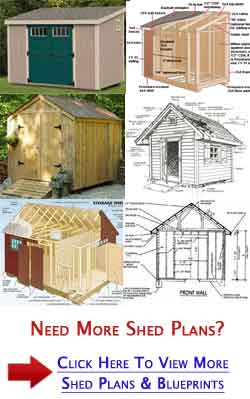

 www.walmart.com
www.walmart.com DIY Pegboard Wall: A Step-by-Step Guide This guide will walk you through creating a functional and customizable pegboard wall for your shed, garage, or workspace. Pegboard walls are excellent for organizing tools, supplies, and equipment, keeping everything visible and within easy reach.
Materials You'll Need: Pegboard (choose the size and thickness that suits your needs) Framing lumber (2x4s or 1x4s, depending on desired depth) Screws (wood screws for framing and potentially screws/washers for mounting the pegboard to the frame) Construction adhesive (optional, for added frame strength) Primer and paint (optional, for finishing) Measuring tape Pencil Level Saw (circular saw, miter saw, or hand saw) Drill with various bits (for pilot holes and screwing) Safety glasses and ear protection
Step 1: Measure and Plan Start by measuring the area where you want to install the pegboard wall. Determine the dimensions of the pegboard you need. Consider the available pegboard sizes and plan accordingly to minimize waste. Sketch out a design on paper, noting the pegboard dimensions and the framing layout. This will help you visualize the finished product and ensure you have enough materials.
Step 2: Build the Frame Cut the framing lumber according to your planned dimensions. The frame will provide support for the pegboard and create space behind it for the pegboard hooks and accessories to function correctly. Assemble the frame using screws and construction adhesive (optional). Ensure the frame is square by measuring the diagonals; they should be equal. A square frame is crucial for a properly mounted and level pegboard.
Step 3: Prepare the Pegboard Inspect the pegboard for any imperfections or damage. If desired, prime and paint the pegboard to match your shed's aesthetic or your personal preferences. Allowing the paint to dry completely before proceeding is important to avoid smudging or sticking.
Step 4: Attach the Pegboard to the Frame Position the pegboard on the frame, ensuring it's centered and aligned correctly. Use screws and washers (if necessary, depending on the pegboard thickness and frame material) to attach the pegboard to the frame. Space the screws evenly around the perimeter and across the center of the pegboard to prevent warping or sagging. Pre-drilling pilot holes can help prevent the wood from splitting.
Step 5: Mount the Pegboard Wall Locate the wall studs in your shed or workspace. Use a stud finder to accurately identify their positions. Lift the assembled pegboard wall and position it against the wall, aligning the frame with the studs. Use screws to secure the frame to the wall studs. Ensure the pegboard wall is level before tightening the screws completely. Proper mounting is essential for a secure and stable pegboard system.
Step 6: Customize and Organize Once the pegboard wall is mounted, you can start customizing it with various pegboard hooks, baskets, and accessories. Arrange your tools and supplies in a way that maximizes efficiency and accessibility. Experiment with different layouts until you find the optimal configuration for your needs.
Conclusion Creating a DIY pegboard wall is a relatively simple and cost-effective way to improve organization in your shed, garage, or workspace. By following these steps, you can build a functional and customizable storage solution that will keep your tools and supplies within easy reach. Enjoy your newly organized space!
Cedar Lap Siding Deluxe Estate Sheds
 www.gazebocreations.com
www.gazebocreations.com Cedar Lap Siding Saltbox Sheds
 www.gazebocreations.com
www.gazebocreations.com Little Cottage 12 X 10 Ft. Classic Wood Cottage Panelized Storage Shed
 www.walmart.com
www.walmart.com



0 komentar:
Posting Komentar